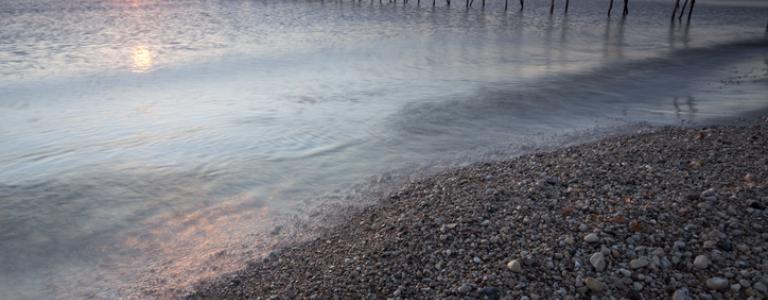Way to Go Winnipeggers, on Getting Us Even Closer to Protecting Lake Winnipeg!
Winnipeg is getting even closer to increasing the protection of Lake Winnipeg from harmful algal blooms. And it's thanks to Winnipeggers of all stripes!
Winnipeg is getting even closer to increasing the protection of Lake Winnipeg from harmful algal blooms. And it's thanks to Winnipeggers from all walks of life!
This week, the Province of Manitoba announced that it will be setting a clear deadline (February 1, 2020) for the City of Winnipeg to implement an interim phosphorus reduction strategy for its North End Water Pollution Control Centre (NEWPCC) to bring the amount of phosphorus it releases into Lake Winnipeg down to legal limits.
As research at the IISD Experimental Lakes Area has taught us, phosphorus needs to be reduced to limit the spread of those harmful algal blooms that plague Lake Winnipeg every year.
This is exciting news because it means that we are inching ever closer to ensuring that the NEWPCC—the largest known single point source of phosphorus to Lake Winnipeg—has an interim solution to tide itself over while long-term biological solutions to the removal of phosphorus (and other nutrients and contaminants) are in the works. (Those biological solutions are currently slated to be implemented around 2034.)
This is exciting news because it means that the International Institute for Sustainable Development, along with our partners the Lake Winnipeg Foundation, will continue to be part of the process on which we have collaborated and worked for so long, as we take on roles as advisors on the soon-to-be-formed project advisory committee to determine the best interim solution to take forward.
And this is exciting news because this milestone demonstrates the power of collaboration. It is thanks to all the interested citizens and members of the Lake Winnipeg Foundation, prominent members of Winnipeg's business community, governments and municipalities across the province and significant media coverage that has kept the issue alive.
Congratulations to all the many Winnipeggers who have demonstrated their concern and are anxiously awaiting an efficient and effective interim solution for the NEWPCC’s phosphorus emissions.
You might also be interested in
Freshwater connectivity can transport environmental DNA through the landscape
A new study conducted at IISD-ELA found that the movement of water between freshwater bodies can transport eDNA which complicates the question of how accurately it can be used to monitor species.
Microplastics now pervasive in Great Lakes, with 90% of water samples surpassing safe levels for aquatic wildlife: new studies
Data spanning the last ten years reveal that the Great Lakes basin is widely contaminated with microplastics, with potentially dangerous consequences for the wildlife that live within.
COMMENTARY: Can we afford to continue removing wetlands from New Brunswick?
Industrial parks and wetlands; can we have both? Moncton Industrial Development Ltd. filed an environmental impact assessment in December to build an industrial park covering about 259 acres between Berry Mills Road and the CN rail yard. The site is currently a primarily tree-covered lot which includes wetlands and watercourses.
Source to Sea: Integrating the water agenda in 2023
2023 could prove to be a definitive year for facilitating an integrative perspective on water issues, from fresh water to the marine environment.
